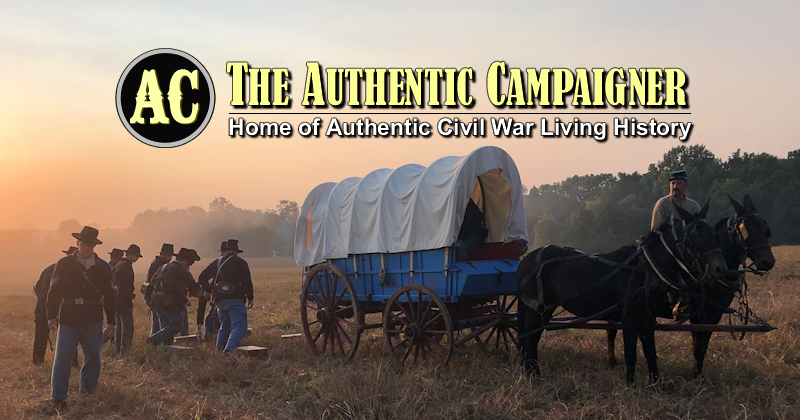Re: Authentic Foodstuffs?
Play around with the search function. Really, what you are looking for is there plus a lot lot lot more! Promise!:D I often find myself just typing something in to pass the time at work if I have nothing better to do. You can spend hours reading over the material that’s there. (Ah,...I love my new job.:p) But again, the search function is probably the best helper on the forums. You could never get as good of an answer in this one thread...as you can in the ones that reside in the archives.
Regards,
Play around with the search function. Really, what you are looking for is there plus a lot lot lot more! Promise!:D I often find myself just typing something in to pass the time at work if I have nothing better to do. You can spend hours reading over the material that’s there. (Ah,...I love my new job.:p) But again, the search function is probably the best helper on the forums. You could never get as good of an answer in this one thread...as you can in the ones that reside in the archives.
Regards,




 )
)


Comment